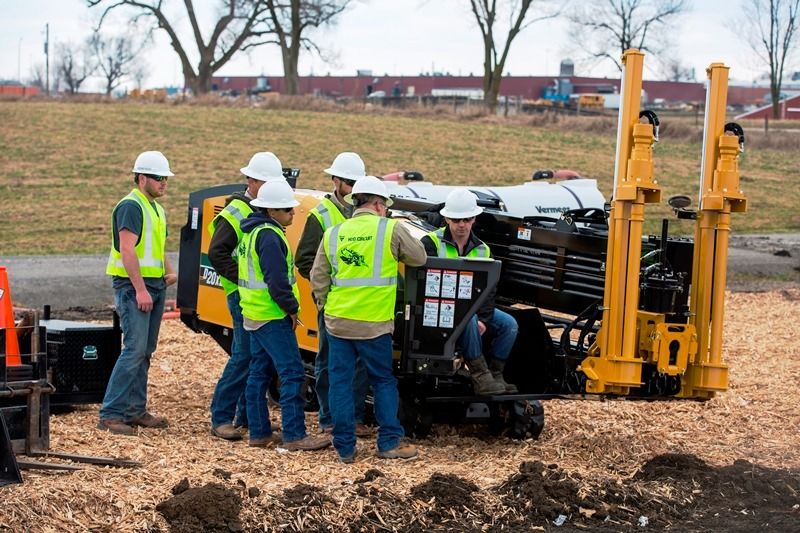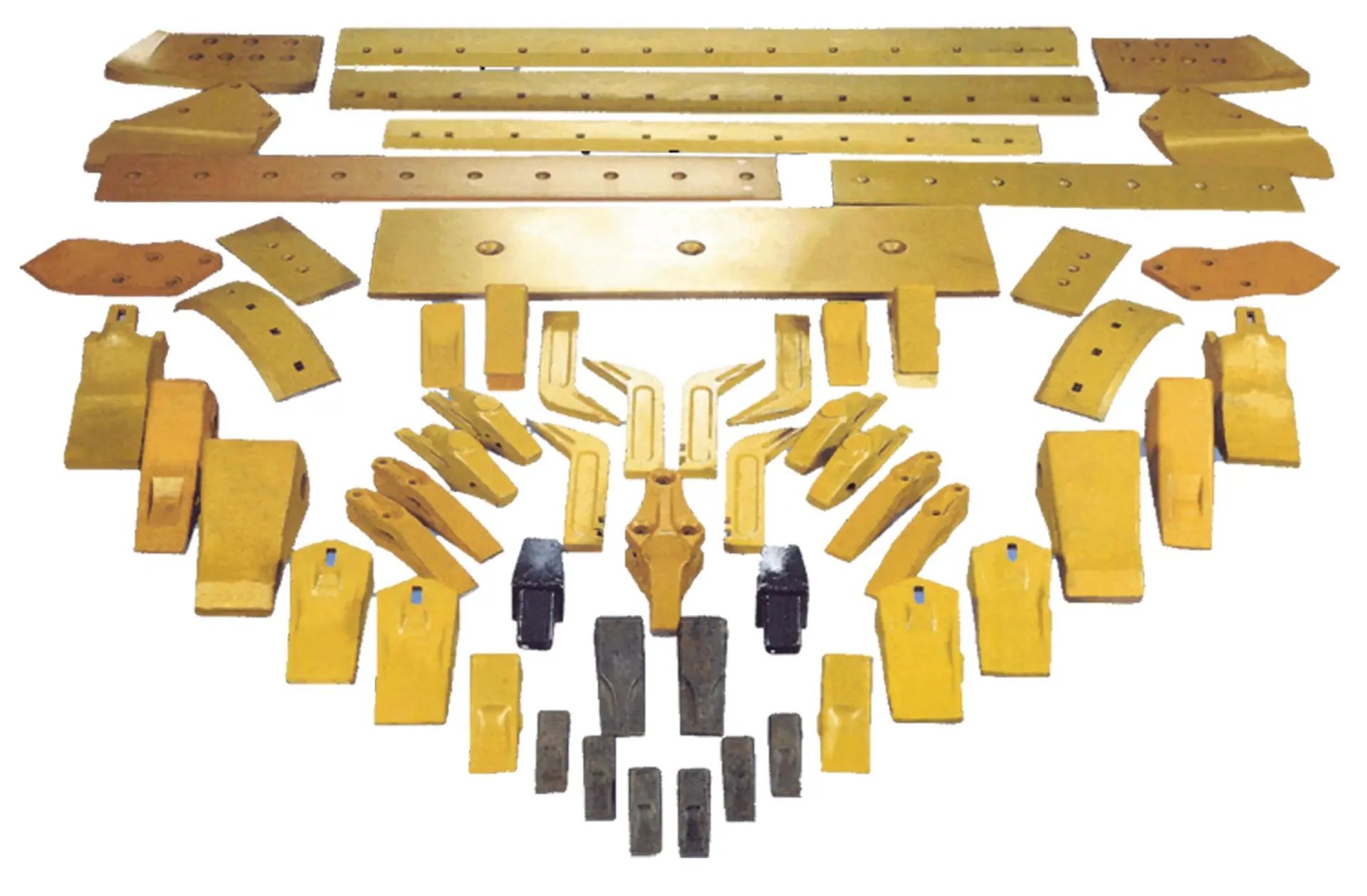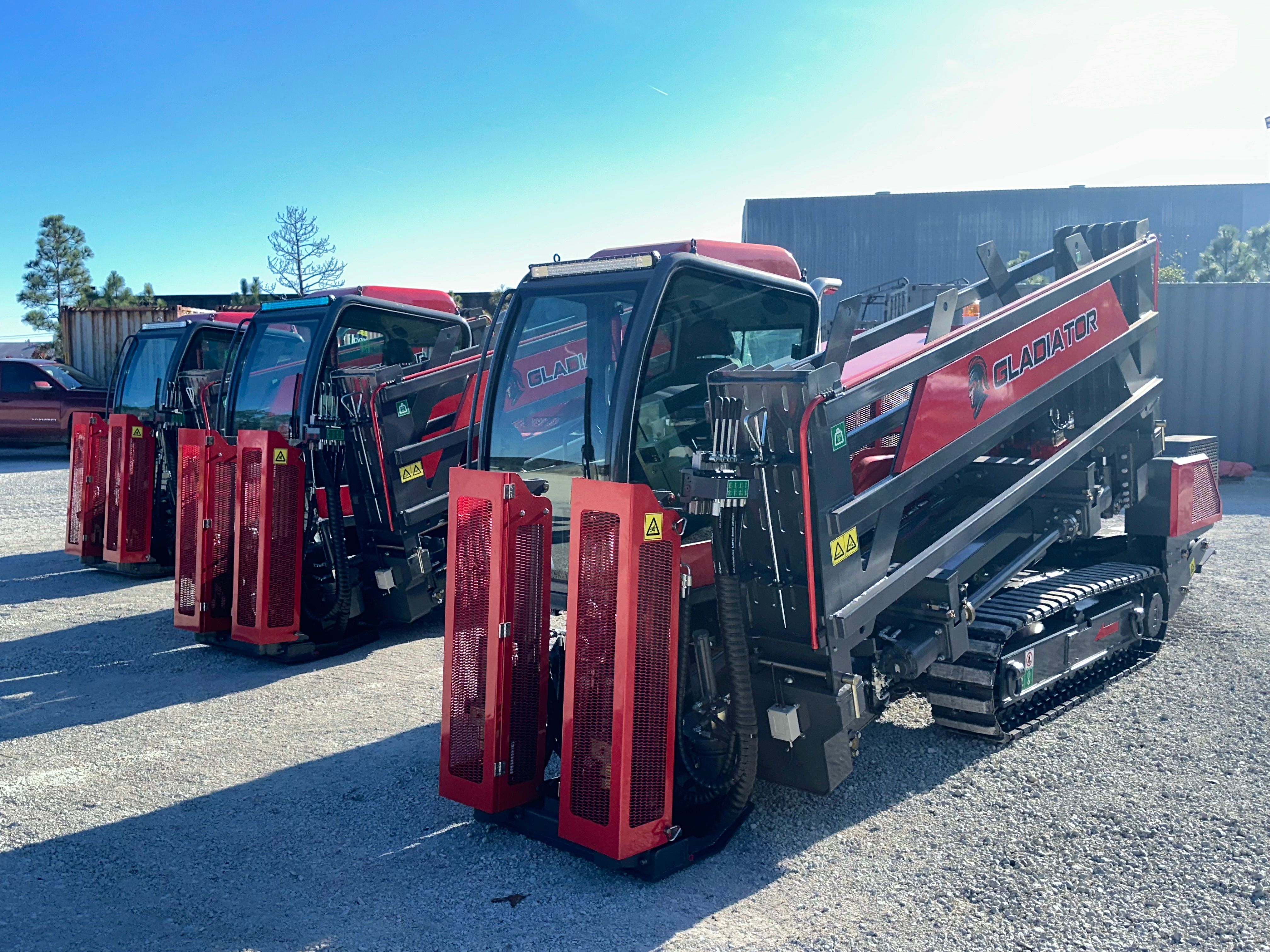Why Equipment Longevity Is a Competitive Advantage
In the world of underground utility work, equipment downtime doesn’t just slow you down—it eats into your profits. Whether you're installing fiber in a residential zone or boring beneath a major roadway, every lost hour can set your project behind schedule and over budget.
For contractors using directional drilling equipment, the stakes are even higher. Drill rigs, mud systems, and HDD tooling represent some of the most expensive and vital assets on the jobsite. Replacing a worn-out drill head or dealing with a failed pump mid-project isn’t just inconvenient—it’s costly.
That’s why extending the life of your equipment isn’t a luxury—it’s a competitive advantage. The contractors who stay ahead of breakdowns, choose the right tools, and train their crews to respect the gear are the ones who win repeat business and protect their bottom line.
In this guide, we’ll walk you through field-tested strategies to extend the life of your directional drilling equipment—from smart maintenance habits and proper storage to choosing OEM-grade parts and avoiding operator error. Whether you're new to HDD or running a seasoned fleet, these tips will help you protect your investment and keep your projects running smoothly.
Start with a Strong Maintenance Routine
The most effective way to extend the life of your directional drilling equipment is also the simplest: routine maintenance. A consistent schedule of daily, weekly, and monthly service tasks prevents wear, detects issues early, and keeps your fleet running at peak performance.
Whether you're managing a single drill rig or an entire utility fleet, here are the essential maintenance habits to build into your workflow
Daily Maintenance Tasks
- Perform a walk-around inspection for leaks, cracks, or wear
- Check and top off fluids: hydraulic, engine oil, coolant
- Inspect air filters and cooling systems for debris
- Grease critical joints and moving parts
- Verify safety alerts, lights, and alarms are operational
Weekly Maintenance Tasks
- Tighten bolts, pins, and high-vibration fasteners
- Inspect rods and tooling for damage or fatigue
- Replace fuel and hydraulic filters as needed
- Drain moisture from air systems (if applicable)
- Check battery terminals and power system output
Monthly Maintenance Checks
- Inspect mud pumps, valves, and fluid seals for wear
- Calibrate tracking and locating systems
- Test performance of the drill’s thrust, torque, and rotation under load
- Record usage hours and schedule service based on OEM specs
Tip: Use a maintenance logbook or digital tracking system. Regular documentation helps prevent missed service intervals—and improves resale value when upgrading equipment.
Crews that treat routine maintenance as part of the job—not an afterthought—save money in the long run. More importantly, they keep jobs on schedule, protect operator safety, and extend the lifespan of their most valuable tools.
Choose the Right Tooling for the Job
Using the wrong tool for the job doesn’t just slow down production—it shortens the life of your directional drilling equipment. Drill rods, reamers, and bits are designed for specific ground conditions, and mismatches can lead to excessive wear, reduced accuracy, or even mechanical failure.
Why Tooling Compatibility Matters
Every bore is different. Rocky terrain, clay-heavy soils, and sandy environments all place unique demands on HDD tooling. If you use a reamer or bit that isn’t designed for the conditions, it increases resistance, wears out components faster, and strains the entire drill system.
For example
- Overusing small-diameter reamers on large bores can overheat your drill
- Improper pullback tooling may cause unnecessary torque stress on rods and swivels
- Worn drill bits may deflect off-course and force rework
How to Choose the Right Tooling
- Match the bit and reamer to soil type and bore diameter
- Use manufacturer specs to determine optimal RPM and torque
- Inspect reamers and housing for cracks, missing teeth, or bent plates before each use
- Replace tooling that shows uneven wear or reduced cutting efficiency
Pro tip: When in doubt, consult your equipment supplier or field engineer. It’s better to delay a bore than damage your tooling and drill system with the wrong setup.
By choosing the right HDD tooling from the start, contractors reduce downtime, protect their investment, and improve overall bore efficiency.
Protect Your Equipment During Transportation and Storage
Directional drilling equipment isn’t just expensive—it’s sensitive. Improper handling during transport or neglect during storage can undo months of careful maintenance in a single day. To truly extend the life of your directional drilling equipment, protection doesn't stop when the machine powers down.
Transport Tips to Prevent Damage
- Secure all moving parts with locking pins or straps before transit
- Use padded carriers or skid plates for fragile components like transmitters, monitors, and hydraulic lines
- Anchor drills and mud systems to trailers using rated tie-downs and load-distribution methods
- Avoid stacking tooling or rods in open air where road debris or moisture can cause damage
Storage Best Practices
- Store indoors whenever possible to protect from weather, UV damage, and moisture buildup
- If outdoors, cover critical areas with UV- and water-resistant tarps, and elevate equipment on wood or rubber blocks to prevent ground contact
- Drain and flush mud systems and pumps when storing long-term to prevent sediment buildup and seal failure
- Disconnect batteries and clean terminals to prevent drain and corrosion
Quick Tip: Label stored tooling and components by job type and condition (e.g., “Clay Reamer – Light Use”) to make future mobilization faster and more efficient.
Even the most durable HDD systems can suffer from rust, warping, or calibration issues when stored improperly. Investing time in proper transportation and off-season storage practices pays dividends in uptime and resale value.
Train Operators on Proper Use
Even the most advanced directional drill can only perform as well as the hands controlling it. One of the most overlooked ways to extend the life of your directional drilling equipment is investing in operator training. Misuse—whether from inexperience or rushed work—can wear out critical components faster than any terrain.
Why Operator Training Matters
Directional drills, reamers, and mud systems operate under high pressure and precise tolerances. When operators skip procedures or push equipment beyond its limits, the results include:
- Bent drill rods from excessive pullback or improper entry angle
- Premature wear on reamers due to inconsistent rotation or incorrect soil match
- Blown seals and hydraulic failures from poor fluid management
Even skilled crews can fall into bad habits over time—making refresher training just as important as initial onboarding.
Training Topics That Protect Equipment
- How to identify correct thrust, pullback, and RPM settings for different bores
- Proper bore path planning to avoid sharp turns and unnecessary stress
- Monitoring drilling fluid flow to prevent overheating and clogging
- Safe handling of electronics and locating systems
- Recognizing early signs of wear or failure before major damage occurs
Tip: Build a short checklist into the operator’s start-of-day routine to reinforce key inspection and handling habits.
An experienced, well-trained crew doesn’t just reduce equipment damage—they increase efficiency, improve bore accuracy, and reduce the risk of costly rework. That’s a win for both performance and profit.
Source OEM-Grade Parts and Fluids
Not all parts are created equal—and using the wrong one can do more harm than good. To truly extend the life of your directional drilling equipment, you need to match your tools, fluids, and wear components to the machine's design specs. That’s where OEM-grade parts make a difference.
The Risks of Using Generic or Aftermarket Parts
While third-party parts may seem cheaper upfront, they often:
- Don’t match OEM tolerances, causing premature wear or improper fit
- Lack material durability, especially under heavy-duty field use
- Void warranties or lead to additional repairs if they damage other components
Examples of where this matters:
- Drill rods with incorrect thread pitch can damage the housing
- Low-grade seals may crack under pressure from high-torque drilling
- Generic fluids can lead to seal swelling, valve sticking, or heat buildup
Fluids Matter Too
Fluids are often overlooked, but they’re essential to performance and longevity:
- Use OEM-approved hydraulic and drilling fluids that match system specs
- Check for proper viscosity, temperature rating, and additive compatibility
- Change fluids on schedule—dirty oil shortens the lifespan of every moving part
Pro Tip: Stock extra fluids, seals, and filters at your yard or trailer so crews don’t delay service due to part availability.
Sourcing your directional drilling parts and consumables from a trusted, HDD-focused supplier ensures you're getting gear that’s field-tested and performance-backed. It’s not just about parts—it’s about protecting your investment from the inside out.
Recognize Early Warning Signs of Wear
One of the smartest ways to extend the life of your directional drilling equipment is knowing when something’s not right—before it turns into a costly failure. Your drill won’t always announce a problem with alarms or shutdowns. Often, it’s subtle changes in performance, sounds, or fluid behavior that signal an issue.
Train your operators and service team to spot these early warning signs.
Common Indicators of Equipment Wear
- Unusual Noises Grinding, whining, or rattling during rotation or pullback often indicates internal wear or a loose component.
- Reduced Torque or Thrust If the drill struggles under normal conditions, it could signal pump inefficiency, fluid contamination, or wear in the drive system.
- Excessive Vibration Can point to worn stabilizers, bent rods, or misaligned tooling.
- Fluid Leaks or Pressure Drops Hydraulic leaks, dropping pressure gauges, or foaming oil can all signal failing seals or internal bypass.
- Slow Response Time Delays in movement or lagging controls may indicate sensor or valve issues—early signs of electronic or hydraulic problems.
What to Do When You Spot These Signs
- Log the issue immediately and notify the service lead
- Stop drilling if performance changes dramatically—pushing through can cause secondary damage
- Inspect and replace wear parts regularly (seals, hoses, drill heads, reamers)
- Run a diagnostic if supported by your model to pinpoint failure points early
Quick Tip: Make “noise + feel + flow” part of your operator’s daily awareness—if any of those change, check it out.
Being proactive with wear detection keeps small issues from snowballing into jobsite shutdowns. It also reduces long-term wear across systems, saving your team time, stress, and money.
Extend Equipment Life with the Right Partner
Directional drilling equipment isn’t just another line item—it’s the core of your jobsite productivity. Maintaining uptime, extending equipment life, and protecting your investment takes more than just a checklist. It takes the right partner behind you.
Wolf Machinery helps utility contractors do just that.
From OEM-grade HDD parts and fluids to maintenance advice and fast shipping on wear components, Wolf supports your crew with the tools and knowledge you need to keep moving. Whether you’re prepping for the next bore or troubleshooting a pressure drop mid-job, their team brings real-world insight to help you reduce downtime and avoid costly repairs.
"When equipment works longer, crews finish faster—and everyone profits more."
Need help sourcing the right tooling, fluids, or maintenance components?Start with Wolf Machinery’s HDD
specialists: wolfmachinerysupply.com




